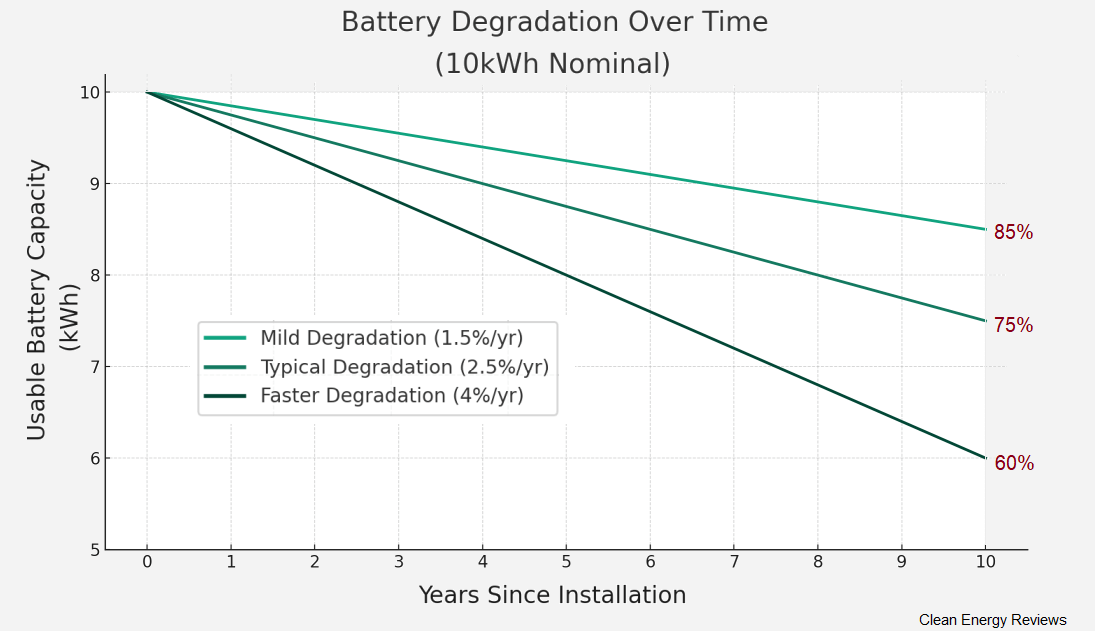Solar Battery Comparison Chart
The following comparison charts list the latest lithium-ion battery systems available in Australia, North America, the UK, Europe and Asia from the world’s leading battery manufacturers. The tables include the most popular high-voltage and low-voltage (48V) DC-coupled batteries of the managed variety, plus self-managed lithium batteries for hybrid energy storage or stand-alone (off-grid) power systems. See our comprehensive home solar battery review for more details about lithium battery types and costs.
Other battery and inverter comparison charts:
Solar Battery Systems (DC-coupled)
DC-coupled batteries are the most common type of battery used for home solar energy storage and must be connected with a compatible grid-connected hybrid inverter to create a solar energy storage system with backup power. Several modular battery systems, including the 48V Pylontech and BYD batteries, can also be used for off-grid solar systems.
Battery features and pricing explained
Features:
Weather ratings - batteries rated at IP20 to IP22 are suitable for indoor use only. Batteries rated at IP55 and above are suitable for protected outdoor areas. Note: Batteries should not be installed in direct sunlight.
Self-managed lithium batteries can be used as a drop-in replacement for deep-cycle lead-acid batteries and are compatible with most modern inverter-chargers used in off-grid and hybrid energy storage systems.
Battery cost estimates:
** The battery upfront cost estimate is based on various distributors and wholesalers. The cost does not include installation or any electrical alterations which may be required.
DC-coupled and off-grid battery prices do not include the cost of the inverter/s, isolators, fuses and other equipment required for safe operation.
Our detailed battery cost comparison article describes the estimated cost per kWh (per day) for some battery models.
NOTES:
* DOD and cycle life values estimated based on manufacturers specifications and rate of charge/discharge.
EOL = End of life: Typical EOF is when the battery capacity has reduced to 60 to 80% of the original capacity; learn more about the expected battery life and degradation rates in our detailed battery review.




The comprehensive guide to solar battery and off-grid systems. How to select and size a home solar battery system and how much it may cost you. Also, alternatives to adding batteries and how energy efficiency can save you more than adding a battery.